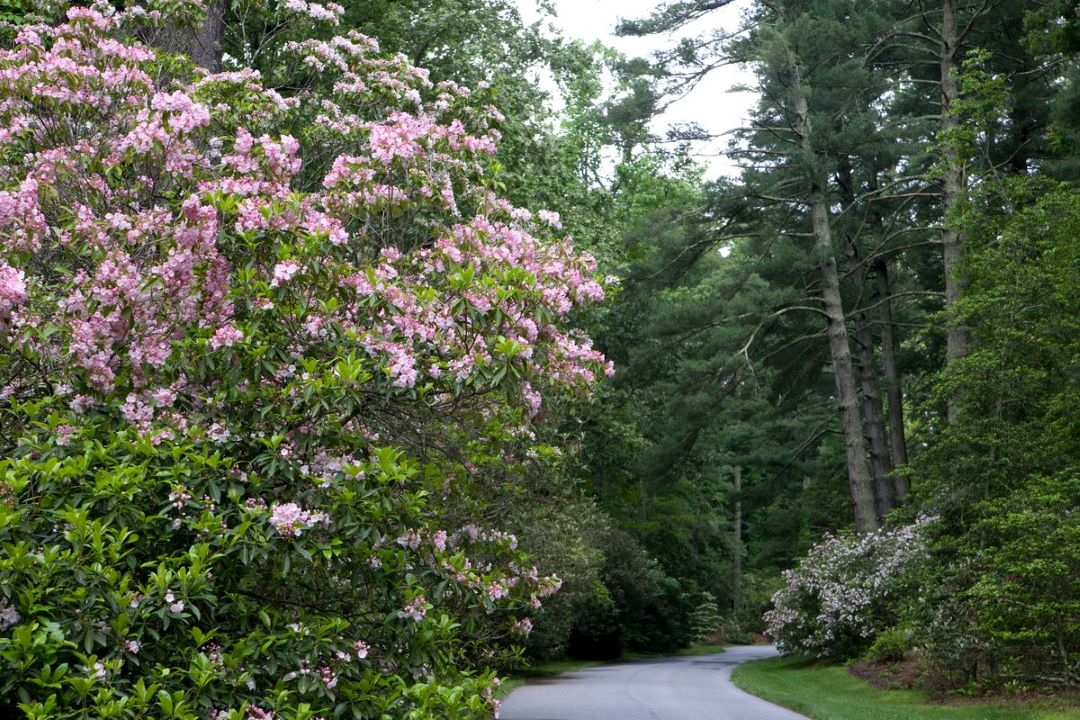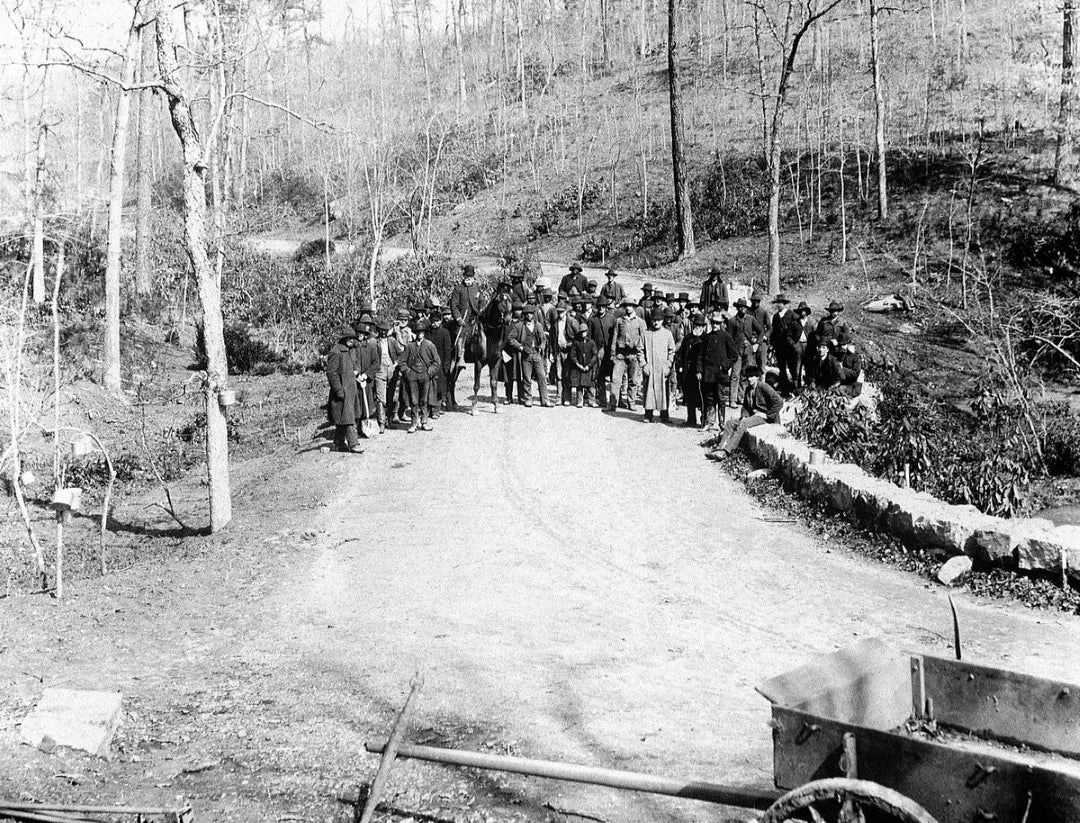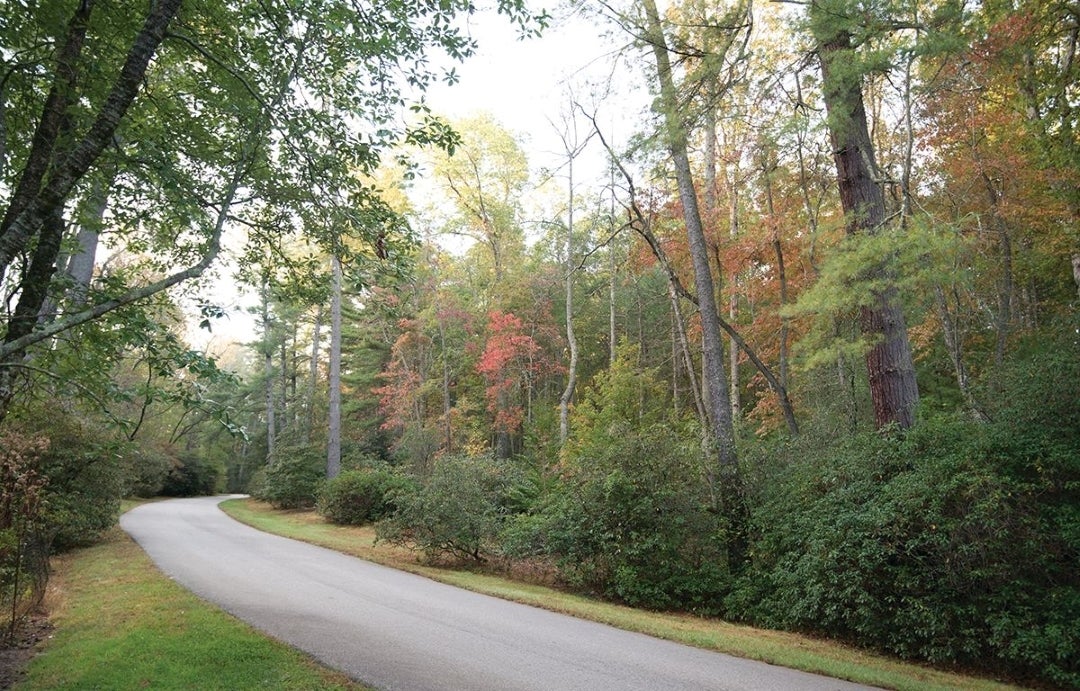Olmsted’s Deliberate Approach
Written By Jean Sexton
Posted 2/6/17
Updated 8/29/24
Estate & Family History
The three-mile Approach Road that meanders from Biltmore Village up to Biltmore House is not there by accident—it’s the result of a very intentional and complex design by Frederick Law Olmsted, Biltmore’s landscape designer.
Everything by design
In Olmsted’s own words, “…the most striking and pleasing impression of the Estate will be obtained if an approach can be made that shall have throughout a natural and comparatively wild and secluded character; its borders rich with varied forms of vegetation, with incidents growing of the vicinity of springs and streams and the remote depths of a natural forest.”
The road is a perfect blending of forest and landscape with no hard edges to separate the two. The lack of long-range views is intentional.
“The Approach Road is the first important garden and landscape feature you see on the estate,” said Parker Andes, Director of Horticulture. “It gives you a true feel for Olmsted’s skill.”

“Along the brook and on the edge of the drive, Olmsted planted low-growing plants. For variety of color in the winter, he used hardy olives, evergreens with an olive tint, junipers, red cedars, and yews,” explained Parker. “All of these created the complexity of light and shadow that define a picturesque style.”

Changes through time
Over time, all of Biltmore’s landscapes have matured and changed in appearance. The challenge for today’s landscaping team lies in determining Olmsted’s original intent for the approach road, and they use archival resources such as early plans, letters of correspondence written during the construction of the estate, and information about Olmsted’s design philosophies to help them stay true to the original vision.
Sometimes, variations from the approach road plan are necessary. For example, Olmsted planted some exotic plants that were not invasive at that time, including Oriental bittersweet, mahonia, and barberry. We’ve replaced those with others plants that offer similar characteristics and looks. We also now know that certain plants will not thrive where originally planted, so we select others that are able to do well in those original locations. “It’s a continual learning process, and each year I discover something new,” said Parker.
